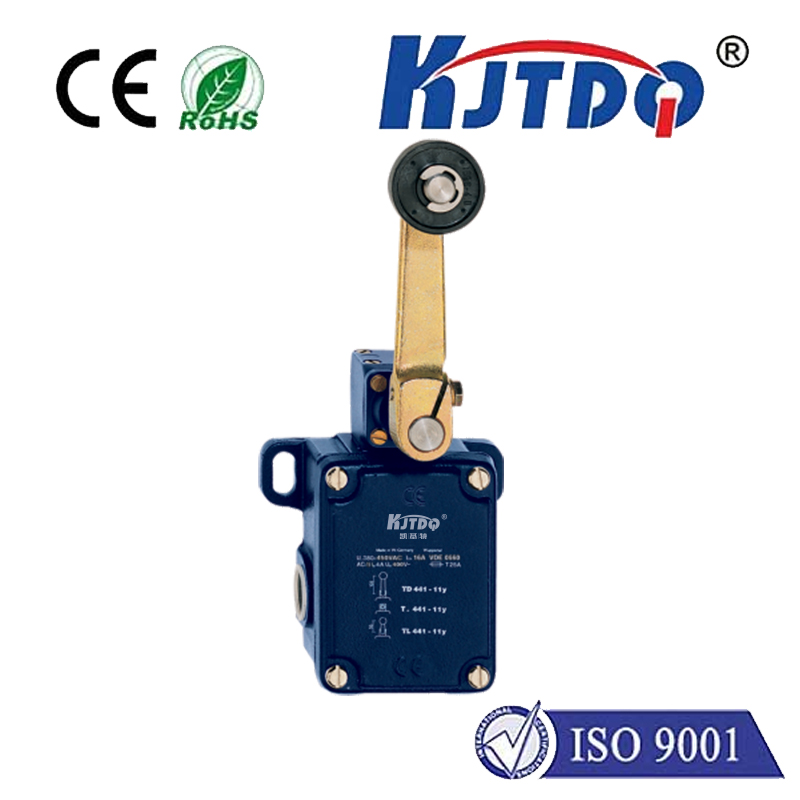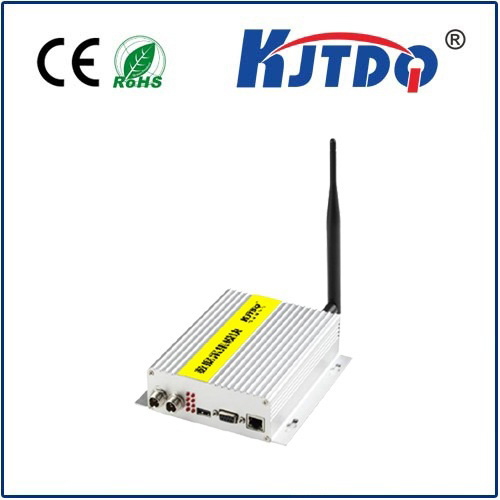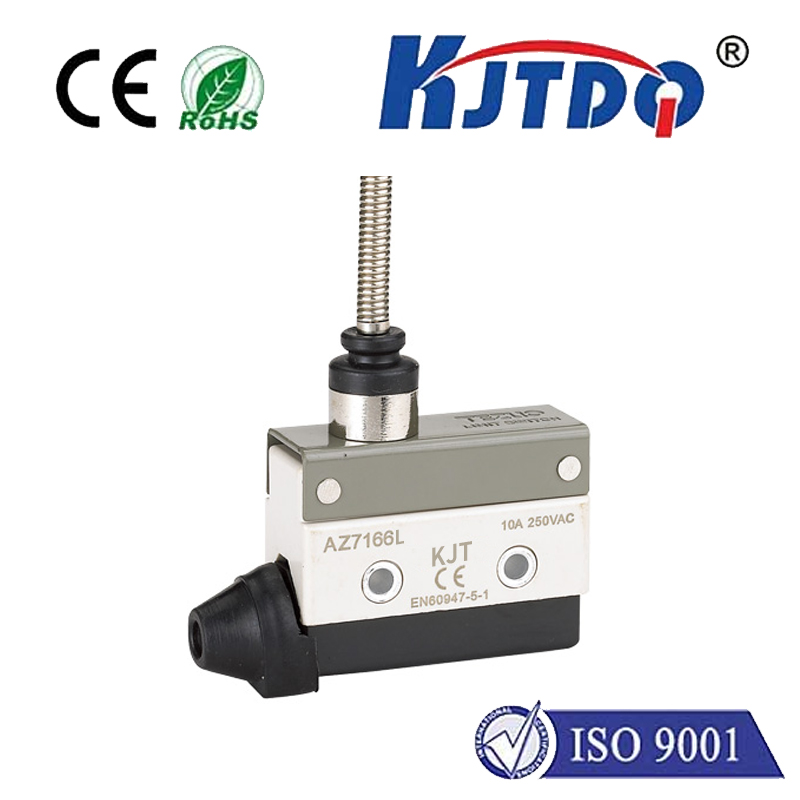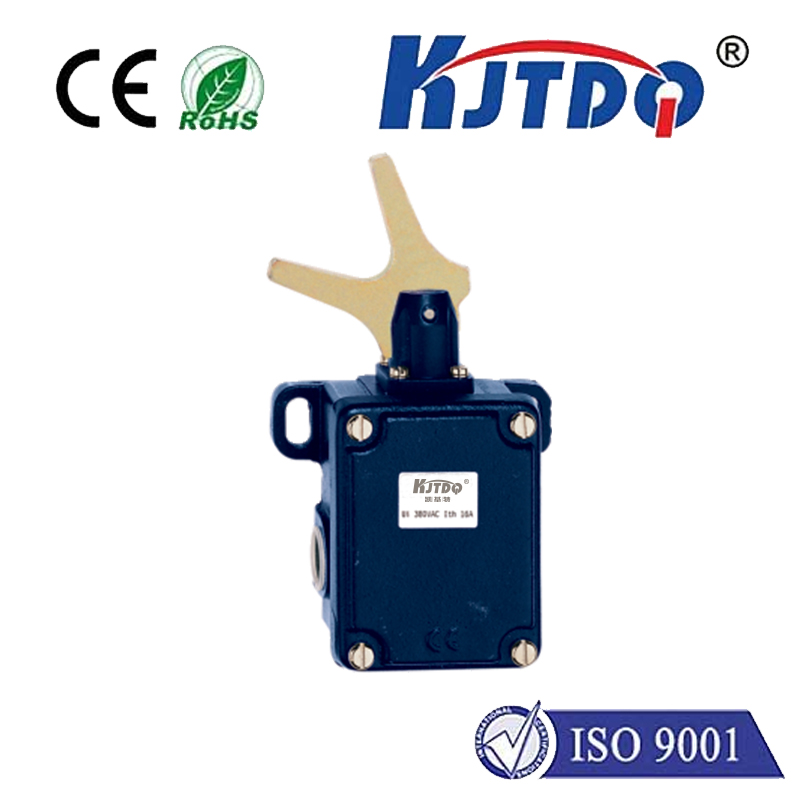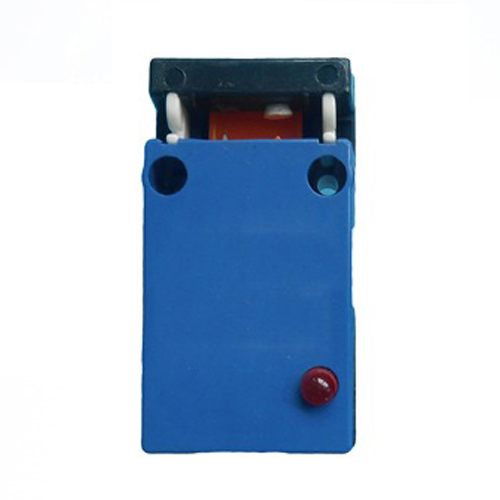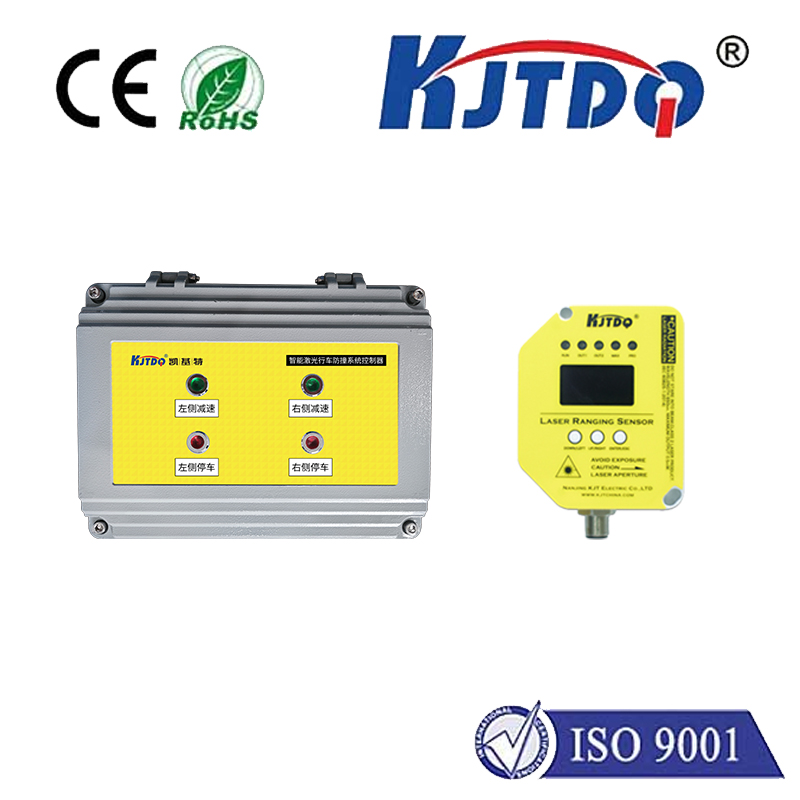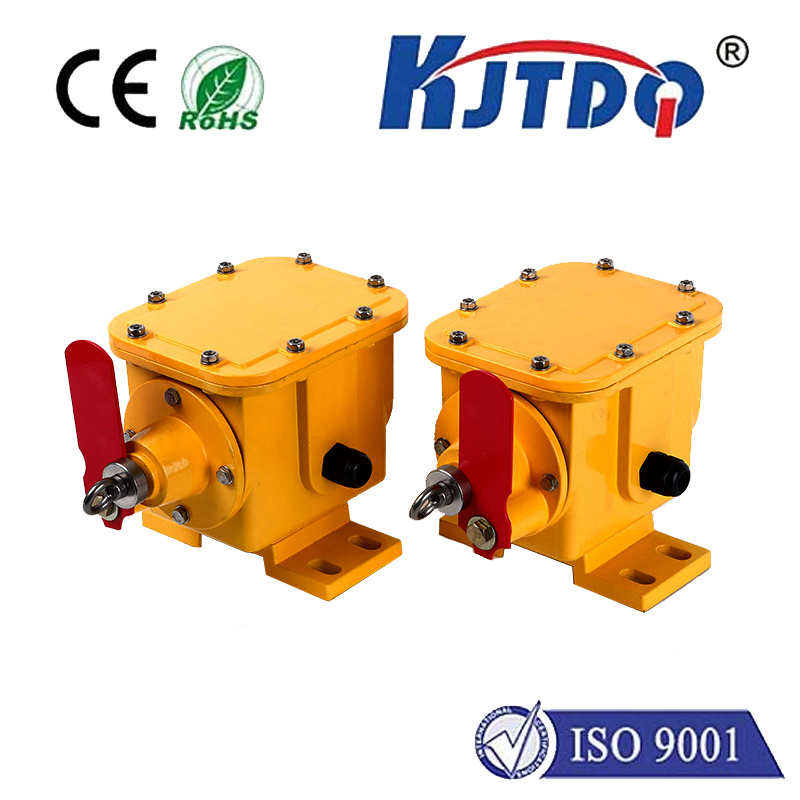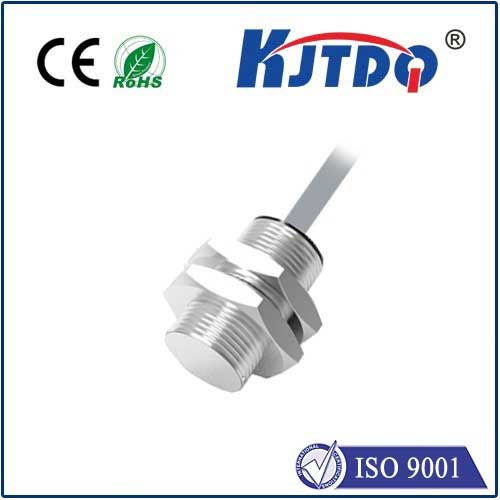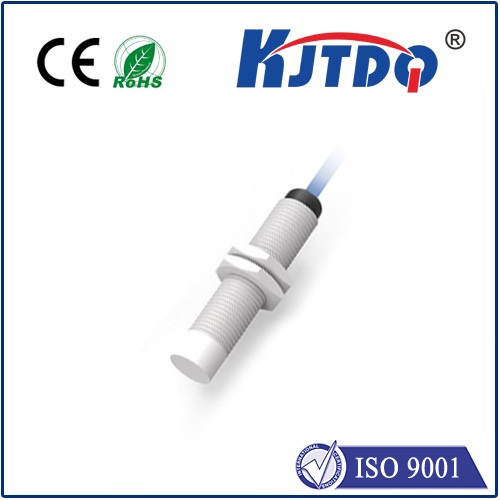

check

check

check

check

check

check

check

check

check

check
Control limit switches are an essential component in various industrial and automation systems. These switches are designed to detect the position of a machine or device, triggering a response when it reaches a predetermined point. In this article, we will explore the different types of control limit switches, their applications, and how they work to improve efficiency and safety in manufacturing environments.
Types of Control Limit Switches
There are several types of control limit switches available, each with its unique features and capabilities. The most common types include:
1. Mechanical limit switches: These switches use physical contact between the actuator and the switch body to activate or deactivate the circuit. They are reliable and easy to install but may require regular maintenance due to wear and tear.
2. Proximity sensors: Unlike mechanical switches, proximity sensors detect the presence of an object without making physical contact. They use technologies such as inductive, capacitive, or magnetic fields to sense the object's proximity and trigger the corresponding signal.

3. Ultrasonic sensors: Ultrasonic sensors emit high-frequency sound waves that bounce back when they encounter an object. By measuring the time it takes for the waves to return, these sensors can determine the distance between them and the object, making them ideal for applications requiring precise measurement.
4. Laser sensors: Laser sensors use beams of light to detect objects' presence and distance. They offer high accuracy and fast response times but may be more expensive than other types of control limit switches.
Applications of Control Limit Switches
Control limit switches have numerous applications in various industries, including manufacturing, packaging, material handling, and automation. Some common uses include:
1. Machine safety: Control limit switches can be used to monitor the position of machinery parts, ensuring they do not move beyond safe limits. This helps prevent accidents and damage to equipment.
2. Process control: In manufacturing processes, control limit switches can be used to monitor the position of conveyors, robotic arms, and other equipment, enabling precise control over production lines.
3. Quality assurance: Control limit switches can also be used to ensure products meet quality standards by monitoring dimensions, orientation, and other critical parameters during the manufacturing process.
How Control Limit Switches Work
Control limit switches operate on the principle of feedback control. When an object or machine part reaches a predetermined position, the switch sends a signal to the control system, which then takes appropriate action. For example, if a robotic arm moves beyond its safe operating range, the control limit switch will trigger a signal that stops the arm's motion or alerts operators to take corrective action.
In conclusion, control limit switches play a crucial role in improving efficiency and safety in various industries. By understanding the different types of control limit switches and their applications, you can select the right solution for your specific needs and optimize your operations accordingly.
